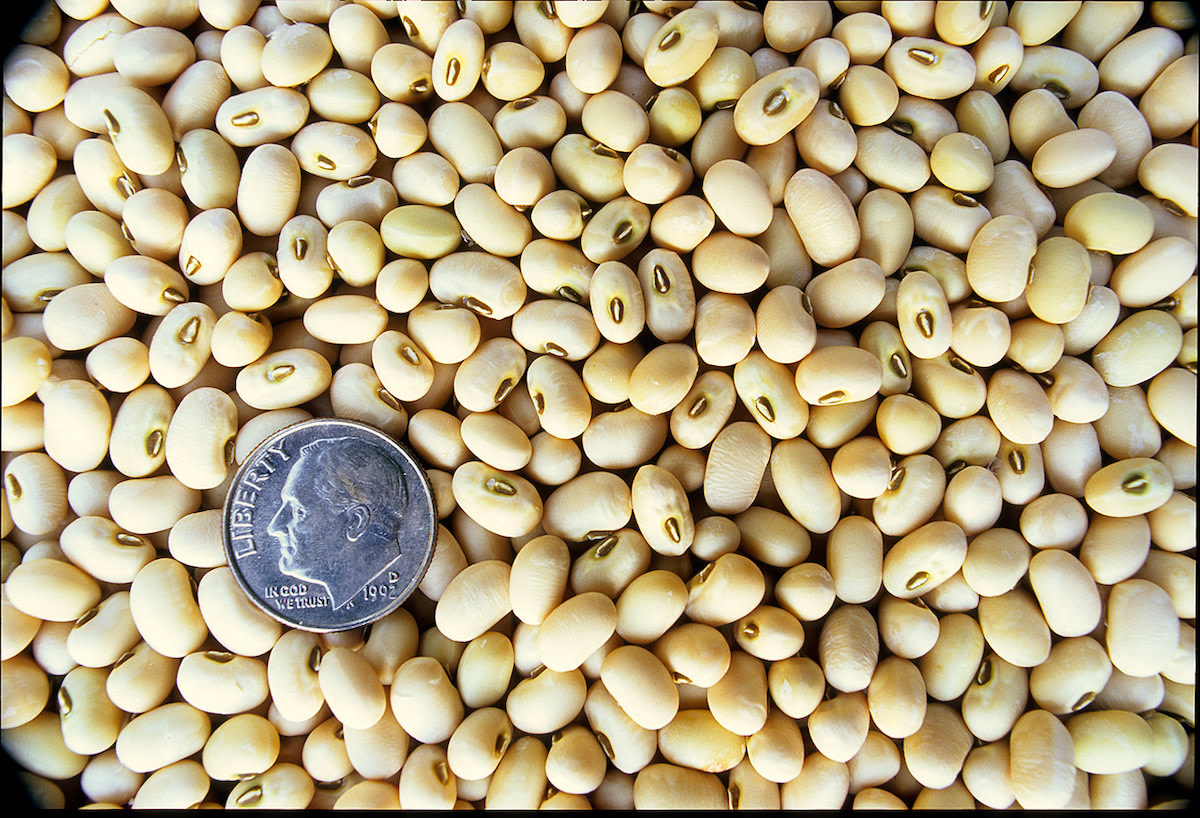(65 days shell, 90 days dry) Open-pollinated. Carol Deppe selected this small white cowpea, or Southern pea, to mature quickly in cool summers. The easy-to-pick, easy-to-shell 7–8" yellow pods grow upright on bushy semi-erect plants that impede mold. Beautiful yellow flowers attract pollinators who feast on the nectar. Pick these fast ladies early for shellies, or let them fully mature into dry beans—they have a creamy texture and a reputation for cooking quickly without soaking. OSSI. Breeder Royalties. Especially attractive to pollinators. ①
Fast Lady Northern Southern Pea Shell & Dry Bean - Sustainably Grown
Fast Lady Northern Southern Pea Shell & Dry Bean - Sustainably Grown
(65 days shell, 90 days dry) Open-pollinated. Carol Deppe selected this small white cowpea, or Southern pea, to mature quickly in cool summers. The easy-to-pick, easy-to-shell 7–8" yellow pods grow upright on bushy semi-erect plants that impede mold. Beautiful yellow flowers attract pollinators who feast on the nectar. Pick these fast ladies early for shellies, or let them fully mature into dry beans—they have a creamy texture and a reputation for cooking quickly without soaking. OSSI. Breeder Royalties. Especially attractive to pollinators. ①
Additional Information
Shell and Dry Beans
- Average 130 seeds/2oz packet. 2 oz packet sows 25 ft; 1 lb, 200 ft. All bush beans except where noted.
- Days to maturity are from emergence after direct sowing.
Culture: Harvest at shelling stage when beans are plump inside pods. For dry beans let pods dry hard on the vine until pressing the beans with your fingernail leaves no indentation. If heavy rains or hard frost threaten before full dry maturity, either pull plants by the roots and hang them in a dry place to finish; or pick pods into mesh or paper bags and finish drying them indoors before threshing.
Beans
- All beans are open-pollinated.
- Days to maturity are from emergence after direct sowing.
Culture: Tender, will not survive frost. Inoculate with a legume inoculant, then plant seeds 3–4" apart in rows 24–30" apart after all danger of frost has passed and soil has warmed. Minimum germination soil temperature 60°; optimal range 70–80°. White-seeded beans are generally more sensitive to cold soil temps than dark-seeded varieties. Legumes have moderate fertility needs and can fix their own nitrogen. Excessive nitrogen may induce some bush varieties to develop vines in moist hot weather.
Saving Seed: Saving bean seed is easy! Leave pods on the plants to dry. Hand shell, or stomp pods on a tarp. To ensure true-to-type seed, separate varieties by 30 feet.
Diseases:
- ANTH: Anthracnose
- BBS: Bacterial Brown Spot
- CBMV: Common Bean Mosaic Virus
- CTV: Curly Top Virus
- DM: Downy Mildew
- HB: Halo Blight
- NY 15: NY 15 Mosaic Virus
- PM: Powdery Mildew
- PMV: Pod Mottle Virus
- R: Rust
- SC: Sclerotina
White mold, Sclerotinia sclerotiorum, affects more than 300 plant species. In beans, low humidity, good air circulation and wider spacing, both between plants and between rows, reduce the likelihood of this soil-borne infection.
Germination Testing
For the latest results of our germination tests, please see the germination page.
Our Seeds are Non-GMO

All of our seeds are non-GMO, and free of neonicotinoids and fungicides. Fedco is one of the original companies to sign the Safe Seed Pledge.



